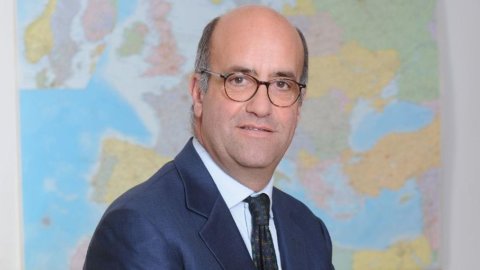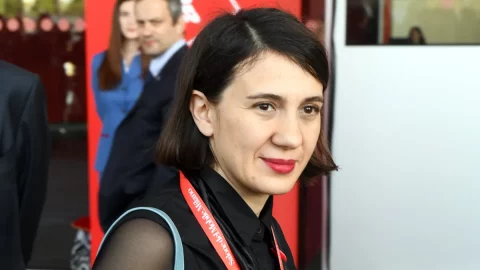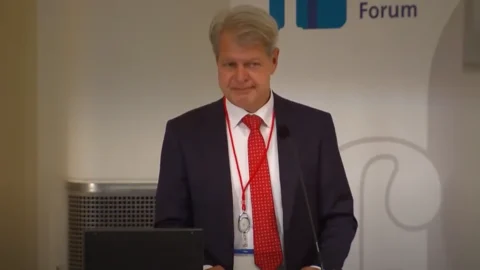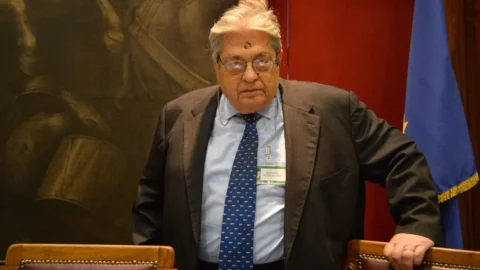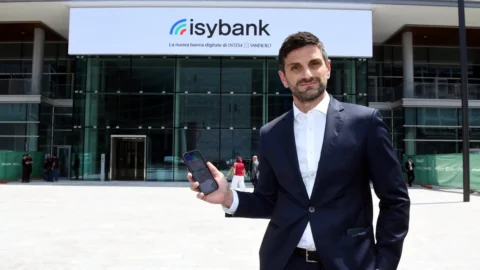It will still be a year of transition for energy, but there will be no shortage of positive ideas and news. In 2015 the revolution of renewables will continue and the impact of distributed generation, of small green or gas self-producers will be felt more and more. The collapse of oil in the last few months of 2014 should then help to reduce the cost of bills, with a six-month gap. And there will be no shortage of technological challenges: for electricity, the most important will be the increasingly digital and advanced evolution of the distribution network to adapt to the new world in which producers and consumers merge and overlap and electricity flows rise and fall, in high and low voltage, challenging the old established models. With the prospect, more likely in 2016, of new and more modern 2.0 meters capable of promoting personalized services for consumers.
The other chapter, no less important, remains that of energy efficiency: LED lights, more advanced washing machines or energy-saving air conditioners to reduce energy waste. Here the challenge is on integrated innovative services, on turnkey packages. We talk about all this with Charles Drums, 55 years old, twelve past all'Is in the and before that to IRI and the Ministry of the Treasury with Mario Draghi in the privatization season. He's been the head of the division for a few months Country Italy of the national electricity group.
The collapse of electricity consumption is one of the clearest indicators of the economic crisis. What should we expect for next year?
«For 2015 we forecast a timid recovery in electricity consumption which should settle at around 314 billion kilowatt hours, up by 1% compared to the year which is about to end. Although this is not a particularly significant growth, we hope it is a sign of a trend reversal that will lead to a stable recovery of the country system".
Italy is faced with a strong production overcapacity. Enel will close 23 thermoelectric plants for 11.000 megawatts out of a total of 22.452. Almost half.
«In Italy the total installed capacity has reached 126.000 megawatts, including renewable sources. Of these, 36.728 belong to Enel. How many are used? The system would be able to produce about 500 billion kilowatt hours, but as we have seen, estimates indicate that we will consume 314 of them next year. Peak demand is around 52-55 thousand megawatts, so there is a reserve of over 70 thousand megawatts. Those numbers speak for themselves."
There was talk of Livorno, Genoa, Bari and Porto Tolle but also of Montalto di Castro. Where will you start?
«The 23 plants that Enel plans to close are different in type - gas turbine, oil-gas, coal - and in location inside or outside the cities. We didn't discover them yesterday. Only 3% are available for production, with permits expiring between 2017 and 2019 and will not be renewed. Everything else is at a standstill. The closure process will be gradual, we will open individual tables with all interested parties to find sustainable and shared solutions, enhancing the sites, safeguarding employment and, if possible, guaranteeing the industrial and productive vocation. Otherwise, with alternative business solutions: museums, business centers, parks or competitions of ideas from the area. We are still in the study phase."
The reorganization launched by Enel's top management led to the creation of the Italy division. Is the first time. What benefits will it bring?
“Italy matters. The headquarters are located here, here we have 40-45% of the turnover, Ebitda and employees of the entire group. From here start the lines of development on research, innovation and sustainability. Putting all this potential into a common factor will give many advantages and bring out the value of local business: we have the most digitized and advanced network in the world with 30 million electronic meters. All strengths that we can export abroad».
We were talking about the network: the digital challenge to govern energy flows from top to bottom and vice versa. Where are we?
«We are already at a very advanced point but we still imagine much of the work for the future on the web to make it more and more at the service of the ongoing evolution. It is no small challenge, given the revolution of renewables and the growing share of producers-consumers. Every day hundreds of thousands of small plants produce and put their energy into the grid but also consume and ask for energy from the grid. The flows are bidirectional and climatic factors also play a role. The impossibility of planning the use of most of the renewable sources requires the presence of a reliable, agile and powerful grid at the same time».
Are the new meters part of these objectives?
«The first electronic meters, installed since 2000, will be replaced with second generation ones. Indicatively starting from 2016. Digital evolution inevitably benefits end customers. The other important driver is that of energy efficiency. We will move above all on four tracks: LED lights, heat pumps, condensing boilers, electric mobility. The challenge will be on integrated services, turnkey packages for customers: from the evaluation to the implementation of the intervention, including tax procedures and disposal, with payment in installments and debit on the bill».
Paris aims to install 7 million charging stations for electric cars by 2030, out of the 9.500 existing today. A model to imitate?
«Personally, I strongly believe in car sharing and electric mobility in the broadest sense. Even if it is growing slower than expected, I see it as a road of no return. And not because we have to imitate Paris but because it is a fundamental step to decongest traffic, reduce emissions in cities and improve the quality of life: electric vehicles are silent».

